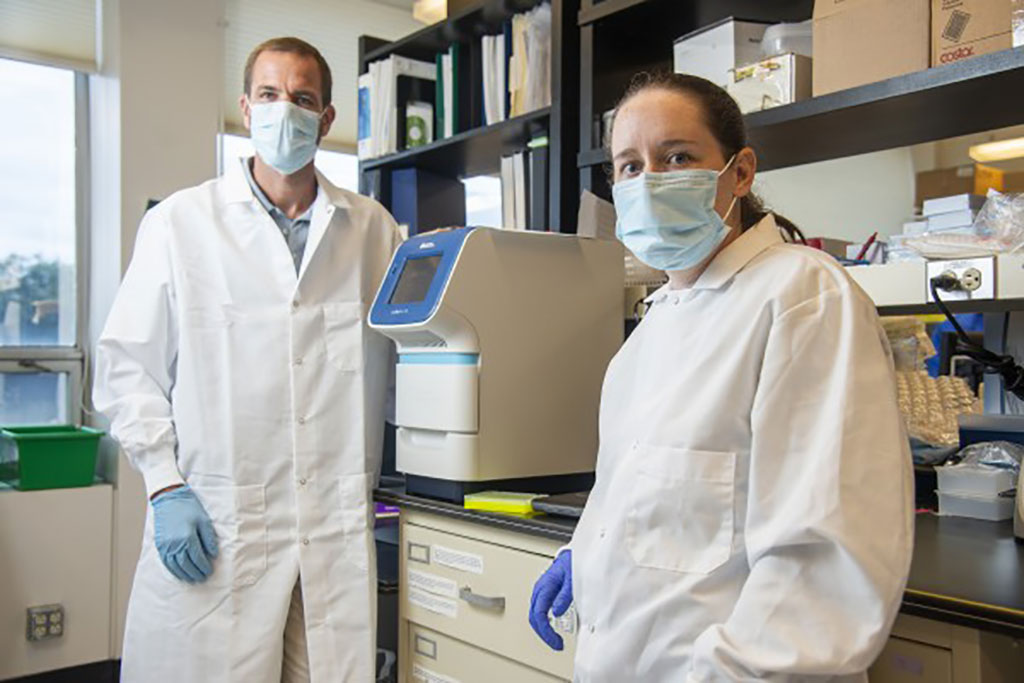New COVID-19 Testing Method Delivers Accurate Results Without Using Reagents
By LabMedica International staff writers
Posted on 05 Oct 2020
A newly-developed COVID-19 testing method that does not make use of key chemicals, or reagents, but still delivers accurate results, could pave the way for inexpensive, widely available testing amidst the supply shortage of reagent supplies globally.Posted on 05 Oct 2020
A team of scientists at the University of Vermont (Burlington, VT, USA), working in partnership with a group at the University of Washington (Seattle, Wash., USA) has developed the method for the test which omits the step in the widely used reverse transcription polymerase chain reaction (RT-PCR) test where the scarce reagents are needed. The scientists evaluated the accuracy of the new test by using 215 COVID-19 samples that RT-PCR tests had shown were positive, with a range of viral loads, and 30 that were negative. The new test correctly identified 92% of the positive samples and 100% of the negatives. The positive samples the new test failed to catch had very low levels of the virus. Public health experts increasingly believe that ultra-sensitive tests that identify individuals with even the smallest viral loads are not needed to slow spread of the disease.

Image: Jason Botten and Emily Bruce in their research lab in the University of Vermont’s Larner College of Medicine (Photo courtesy of University of Vermont)
The standard PCR test has three steps, while this simpler version of the standard test has only two, as the new test skips the second step. The test is ideally suited to screening programs, in both developed and developing countries, since it is inexpensive, takes much less processing time and reliably identifies those who are likely to spread the disease. Its low cost and efficiency could extend testing capacity to groups not currently being tested, including the asymptomatic, nursing home residents, essential workers and school children. The standard RT-PCR test could be reserved for groups, like health care workers, where close to 100% accuracy is essential, according to the scientists.
“You can go for the perfect test, or you can use the one that's going to pick up the great majority of people and stop transmission,” said Jason Botten, an expert on pathogenic RNA viruses at the University of Vermont’s Larner College of Medicine and senior author on the paper. “If the game now is focused on trying to find people who are infectious, there's no reason why this test shouldn't be front and center, especially in developing countries where there are often limited testing programs because of reagent and other supply shortages.”
Related Links:
University of Vermont
University of Washington













